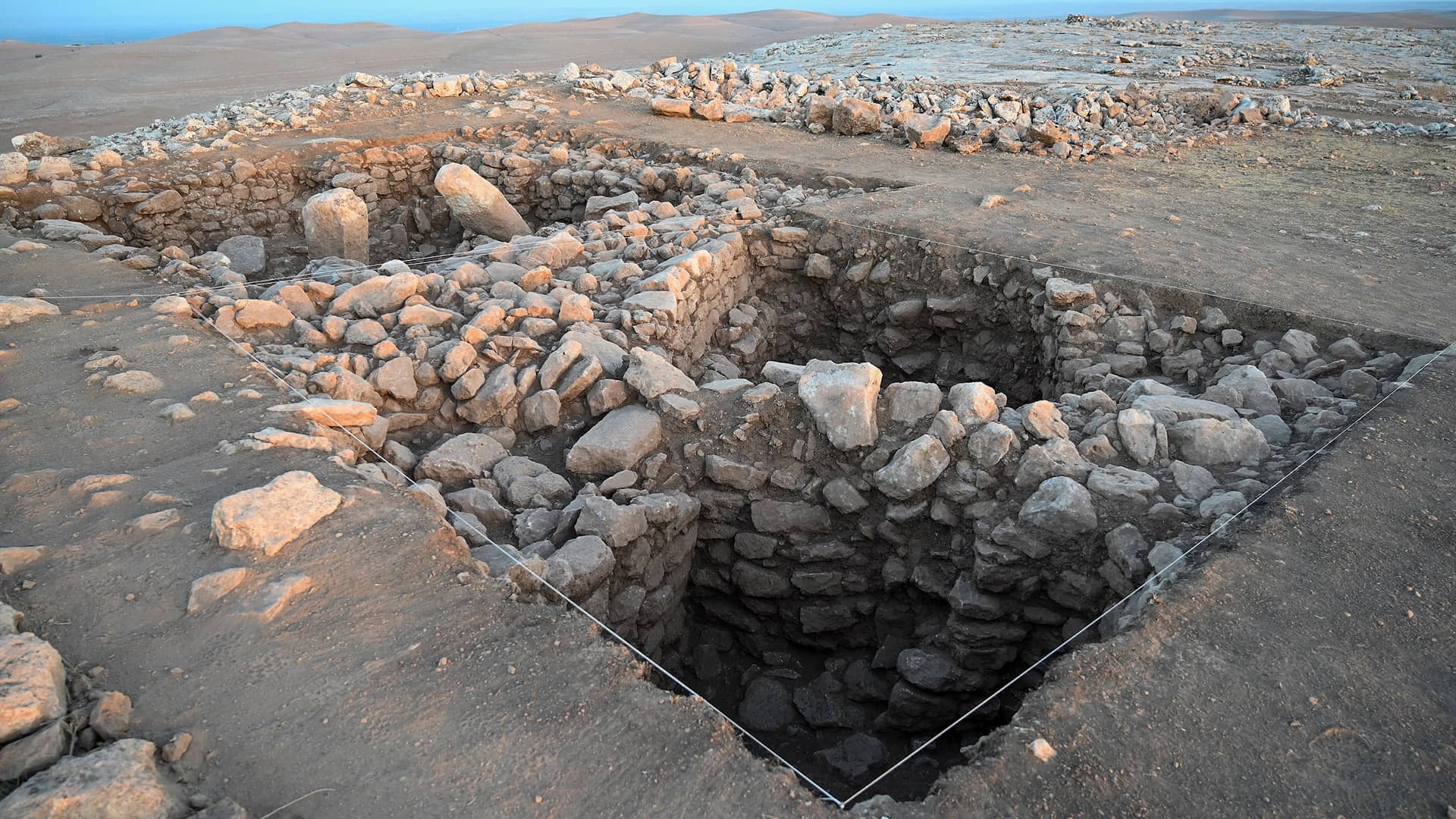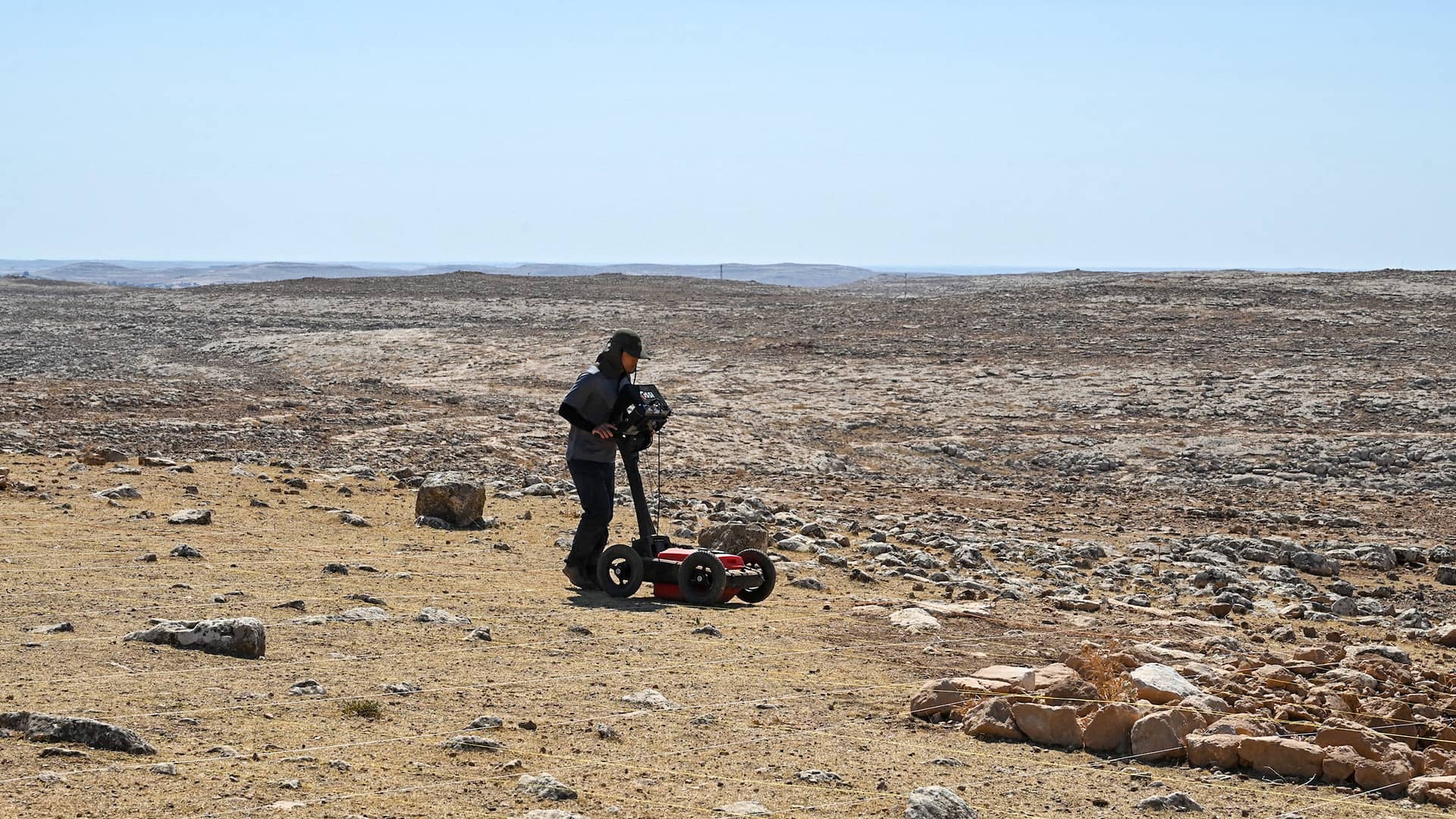

destinations
Harbetsuvan
Harbetsuvan Tepesi is an Early Neolithic site, being located 55 km southeast of the modern city of Şanlıurfa, in Eyyübiye district, Şanlıurfa Province, southeastern Turkey.
From the site one can command a good view of Göbekli Tepe to the northwest in the distance of 35 km as the crow flies, as well as another large Neolithic settlement of Karahantepe approximately 7 km to the northeast. This intervisibility linking important centres suggests that Harbetsuvan Tepesi may have had an important role in the Neolithic landscape and ideological life. The mound consists of artificial deposits mainly of limestone boulders and soil, probably reaching up to about 4–5 m in depth. A large number of prehistoric flint artefacts are scattered on the site surface, from which the local name of the site (literally meaning “the ruined mound of flint”) derives.
After the first discovery by the Şanlıurfa Museum’s archaeological survey in 2014, a series of excavations revealed Pre-Potttery Neolithic structures in various sounding trenches that were randomly placed around the looted pits.
The structures were mostly subterranean rectangular buildings, some of them had a pair of stone pillars inside. One of the most interesting finds was a seated male sculpture which reminds of Göbeklitepe and Karahantepe stone sculpted figures. Recovered artefacts including flint and obsidian tools, ground stone, incised stone objects and stone beads show very close parallels notably with the later levels of Göbeklitepe, leading the excavator to its dating to the Early Pre-Pottery Neolithic B (PPNB) phase.
It remains archaeologically unexamined if Harbetsuvan Tepesi was a hunter-gatherers’ domestic settlement or cultic centre, what kind of socio-cultural significance the site had in the Neolithic period, and to what extent and how this site was related to nearby larger sites such as Karahantepe and Göbekli Tepe. In order to answer these questions, we need more archaeological data and more advanced analyses.


